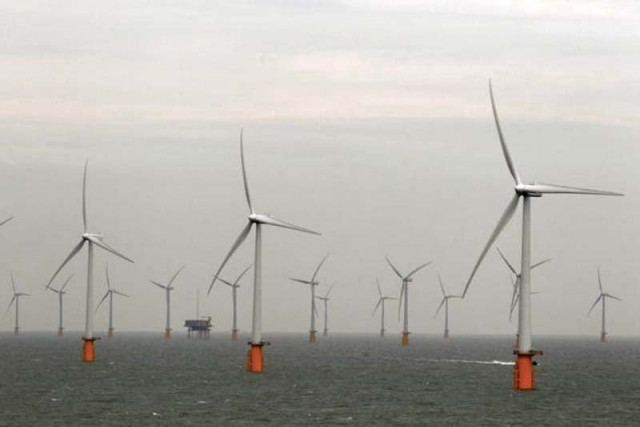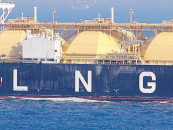Ban on alternative energy
It is true that solar and wind energy are costly today, but they will not always remain so

The government needs to prepare the country’s infrastructure to ensure that it can sustain an eventual conversion towards energy sources that are today considered alternatives. PHOTO: REUTERS

The problem with this policy, however, is that it only makes sense given today’s energy prices. It is true that Pakistan’s first LNG imports were for around $7 per million British thermal units (mmbtu), but it was only a year ago that those prices were closer to $18 per mmbtu. The prices of hydrocarbons are highly volatile and LNG prices are linked to global oil prices, the most volatile of all energy prices. Meanwhile, the cost of photovoltaic cells and wind turbines has had only one direction for the last four decades: downward. Yes, it is true that solar and wind energy are costly today, but they will not always remain so. The government needs to prepare the country’s infrastructure to ensure that it can sustain an eventual conversion towards energy sources that are today considered alternatives. In places in the world where governments have invested in trying to promote clean energy, they have found considerable success. In California, for instance, it is now feasible to install solar panels for homes without any subsidies at all. Pakistan gets just as much sunlight, if not more, than the southern part of the United States. What we lack is the infrastructure that would make solar energy more feasible. The government, however, appears uninterested in ever allowing that to happen.
Published in The Express Tribune, April 24th, 2015.
Like Opinion & Editorial on Facebook, follow @ETOpEd on Twitter to receive all updates on all our daily pieces.














COMMENTS
Comments are moderated and generally will be posted if they are on-topic and not abusive.
For more information, please see our Comments FAQ